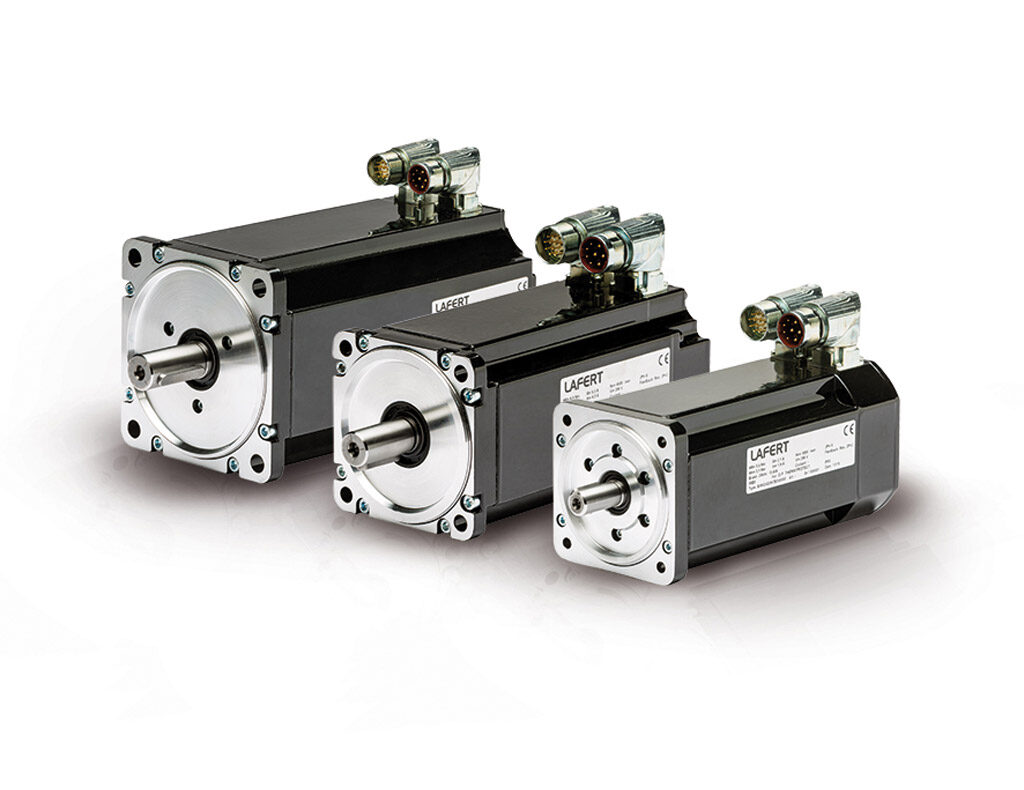Servo Motors
Servo Motors
What is a Servo Motor?
A servo engine is a rotational actuator or engine that takes into consideration an exact control as far as rakish position, speeding up and speed, abilities that an ordinary engine doesn’t have. It utilizes a normal engine and sets it with a sensor for position criticism. The controller is the most complex piece of the servo engine, as it is explicitly intended for the reason.
Portions of a servo engine
A servo engine is made out of:
- An electric engine: That is responsible for creating the movement through its pole.
- A control framework: This framework considers authority over the engine’s movement by sending electric heartbeats.
- A drive framework: It is shaped by riggings which may increment or abatement the speed and torque.
- A potentiometer: It is associated with the focal shaft, and illuminates consistently the point where the engine’s pole is situated.
When do you utilize a Servo Motor?
Servo engines are viewed as essential in the structure and assembling of robots. These are frameworks that require an exact and controlled mechanical situating. We can consider them to be fields, for example, mechanical mechanization or the developing automated medical procedure field.
With the development of computerized servo engines, incredible advances have been accomplished concerning control and proficiency. The expansion in execution results from the control gadgets utilizing a microcontroller to do practically everything. This reality permits more control heartbeats to be nourished to the engine, expanding the movement accuracy and execution.
Then again, more readings of the potentiometer are made every second, and increasingly proficient and littler drivers are utilized, which take into consideration controlling more power with an a lot littler circuit. On the off chance that this wasn’t sufficient, the microcontroller offers the opportunity to program certain parameters, for example, travel, focal position, the unbiased zone, and so forth.
Servo engines enable us to make a wide range of controlled developments, and are without a doubt a significant leap forward when growing new advancements.
The Three Main Types
1. Positional Rotation Servo — This assortment turns inside a 180° territory. It’s not intended to turn past its preset points of confinement. Valuable for restricted range applications like moving switches or controlling linkages.
2. Constant Rotation Servo — While switches are frequently utilized on standard servos, haggles become progressively valuable with this style, which can turn toward any path autonomously and persistently.
3. Straight Servo — This sort offers a larger number of riggings than the positional revolution servo, yet is generally fundamentally the same as. It utilizes a rack and pinion component to change the yield to and fro rather than circularly. This servo is uncommon, however can be found in bigger diversion planes and robots.
Servos and PWM
A servo contains a little circuit board with a sensor that imparts its rotational situation to a R/C controller, PC, or microcontroller. The subsequent data is then converted into little electrical heartbeats with variable vitality. Controlling this vitality, called beat width balance (or PWM), controls the situation of the engine.
What’s Inside
The inward parts on a servo engine are what give it such valuable adaptability. Institutionalized case sizes and compatible adornment sections limit plan complexities while giving interface choices to practically any application. The little DC engine keeps the servo size insignificant, while the controller board screens engine position and offers UI and control. A speed-diminishing apparatus set takes into account exactness engine arrangement with abnormal states or torque.
Simple versus Advanced Servos
Simple and advanced servos appear to be identical. The thing that matters is standing out they sign and procedure data.
Simple Servos work dependent on/off voltage flag that get through the PWM. At the point when this kind of servo is resting, the PWM is basically off except if you transmit an activity. Delivering torque from the resting mode makes the underlying response time lazy, which can cause issues in cutting edge R/C applications.
Computerized Servos utilize a little microchip to get and direct activity at high recurrence voltage beats. The computerized servo sends 300 heartbeats for every second, where the simple just works at 50 heartbeats for each second. These quicker heartbeats give predictable torque to speedier and smoother reaction times. This is an incredible advantage, however advanced servos expend significantly more power.

